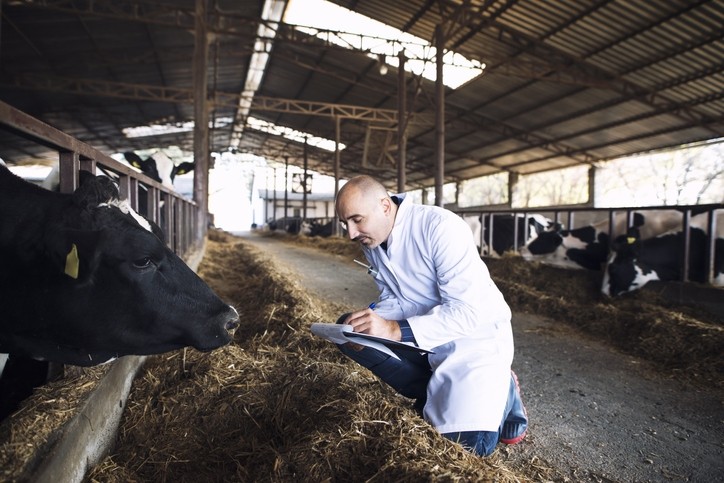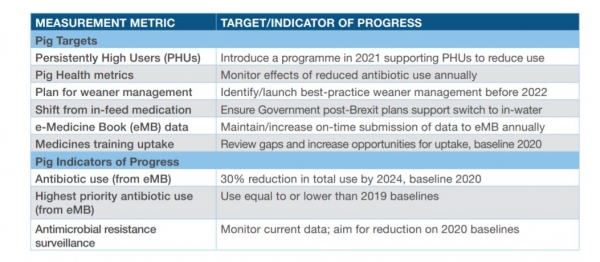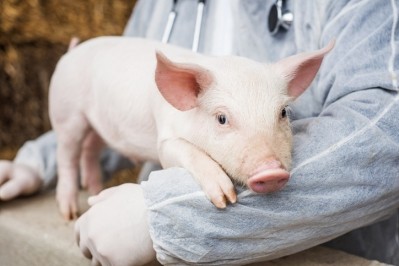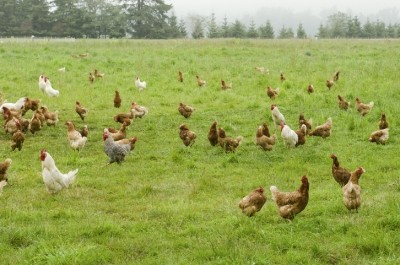UK feed trade group wants to show how nutrition can help reduce antibiotic use on farm as RUMA announces progress and new targets

It said the training course will consider the progress made to date within the farmed animal sector to reduce antibiotic use; it will also address the challenges associated with antibiotic reduction in cattle, sheep, pig and poultry sectors, and the role nutrition can play in that respect in each species category.
The trade group’s continuing professional development (CPD) initiative comes as the UK’s Responsible Use of Medicines in Agriculture (RUMA) alliance announced new targets yesterday [November 18] around the use of antibiotics in UK farmed animal production.
The RUMA publication addresses goals around responsible use of antibiotics across aquaculture, pigs, poultry and ruminants. For the first time, calf rearing is examined in isolation in order to focus in on the specific health and welfare interventions that will reduce the need for antibiotic treatments.
With over 75% of the original targets now achieved early or on track to be achieved by the December 2020 deadline, the time is right to ‘reset’ in some sectors with refreshed challenges for the next four years, said RUMA chair, Cat McLaughlin.
In tandem with the publication of the RUMA goals, the UK’s Veterinary Medicine Directorate’s (VMD) also released new data yesterday showing that UK sales of antibiotics for food producing animals have halved since 2014.
The UK has the fifth lowest usage of antibiotics on farm in Europe, with only Nordic countries performing better, says the VMD. Iceland, Finland, Norway and Sweden are the countries with the lowest sales, according to a review from the European Medicines Agency (EMA).
As the ultimate objective of improved stewardship is reduced levels of antibiotic resistance, its report also shows resistance largely stabilizing or reducing.
The AIC, welcoming both the progress detailed in the new VARSS report and the new targets set by RUMA, stressed how it has developed this latest CPD training program in partnership with industry experts, including vets and nutritionists.
More details about the CPD training course can be found here.
RUMA targets
The intention to form the RUMA Targets Task Force was first announced in May 2016 by RUMA after the final findings of the O’Neill review on tackling drug-resistant infections globally were released. The group convened for its inaugural meeting in December 2016. Its specific aim was to deliver on the UK government objective of identifying sector-specific targets for the reduction, refinement or replacement of antibiotics in animal agriculture. It delivered these targets in the RUMA Targets Task Force Report 2017 at the RUMA conference in October 2017.
The original Targets Task Force was then refreshed and reformed in September 2019 to develop the next tranche of targets to take UK farming to 2024. This is in line with the UK Government’s National Action Plan and its goals.
“The UK farming industry has responded extremely well to the targets. Our original aim of lowering overall antibiotic use, and in particular highest-priority critically important antibiotics (HP-CIAs), has been categorically achieved in the face of some challenging external conditions,” said McLaughlin.
But gaps and challenges still exist.
She noted that the overall picture in terms of use in the large and diverse cattle and sheep sectors is still lacking, which is why targets for 2024 include the collection of data into the new AHDB Medicine Hub, a UK centralized database for ruminants.
And while specific reduction goals have not been set for beef and sheep, the alliance hopes that dairy and calf rearing will secure reductions in use of 15% and 25% respectively across the UK national herd by 2024 as data become available.
Other sectors aiming to achieve reductions in antibiotic use as a result of farm-level interventions include the pig sector, with plans to decrease by a further 30% by 2024. That sector is looking to promote best-practice guidelines to reduce post-weaning diarrhea, said RUMA.
Summary of 2021-2024 targets and indicators of progress for UK pig sector
The broiler and trout sectors achieved significant reductions in recent years and join laying hens and salmon in opting to hold their targets at current levels, said the taskforce.
Preventative use has been phased out completely in these sectors, meaning many animals receive no antibiotic treatments at all in their lifetime, said RUMA.
However, all farmed animal sectors face new challenges due to changing production systems, disease threat or a warming climate, said RUMA. The sectors will look to manage such challenges through increased vaccine development, surveillance and better management practices, said the taskforce.









